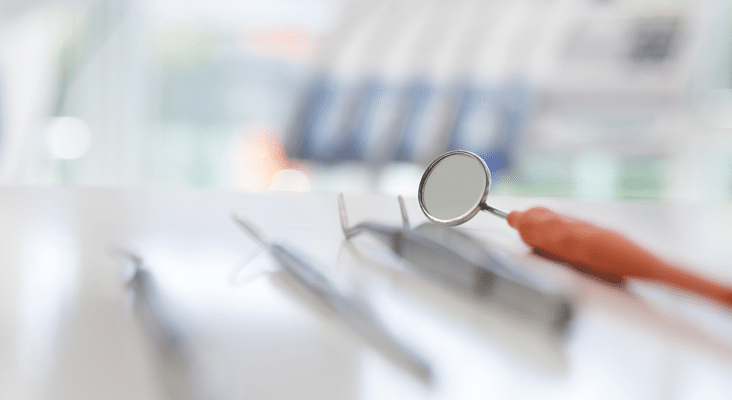How Much Do You Know About Burnished Calculus?
If we don’t use sufficient power, proper adaptation, and appropriate stroke when performing ultrasonic instrumentation, the dreaded burnished calculus will result. See how well versed you are in this common oral hygiene problem.
Thin ultrasonic inserts/tips (UITs) used at low power settings can rapidly burnish the outer surface of the calculus without removing it.
 Ljupco / iStock / Getty Images Plus
Ljupco / iStock / Getty Images Plus
Partially scaled burnished calculus left on root surfaces becomes a reservoir for periodontal pathogens.
 Dr_Microbe / iStock / Getty Images Plus
Dr_Microbe / iStock / Getty Images Plus
Burnished calculus is easy to feel tactilely, making it simple to detect.
 bob_bosewell / iStock / Getty Images Plus
bob_bosewell / iStock / Getty Images Plus
The one reliable clue that burnished calculus is present is bleeding on probing.
 Bojan89 / iStock / Getty Images Plus
Bojan89 / iStock / Getty Images Plus
The terminal 0.5 mm of the UIT must be held in contact with the root surface as it progresses around the dentition.
 yoh4nn / E+
yoh4nn / E+
Activation—the manner in which the UIT is moved across the root surface—is also important to the success of ultrasonic instrumentation.
 Evgeni Schemberger / iStock / Getty Images Plus
Evgeni Schemberger / iStock / Getty Images Plus
Ultrasonic therapy provides major ergonomic and therapeutic advantages, but it must not be misconstrued as easy or fast.
 RossHelen / iStock / Getty Images Plus
RossHelen / iStock / Getty Images Plus
Share your Results:

